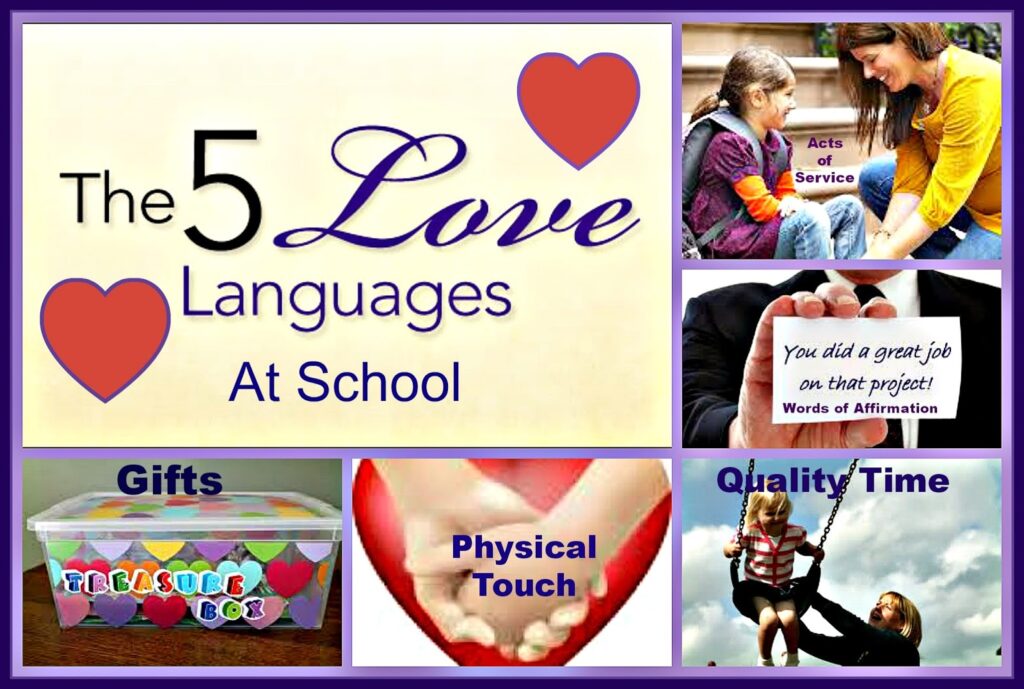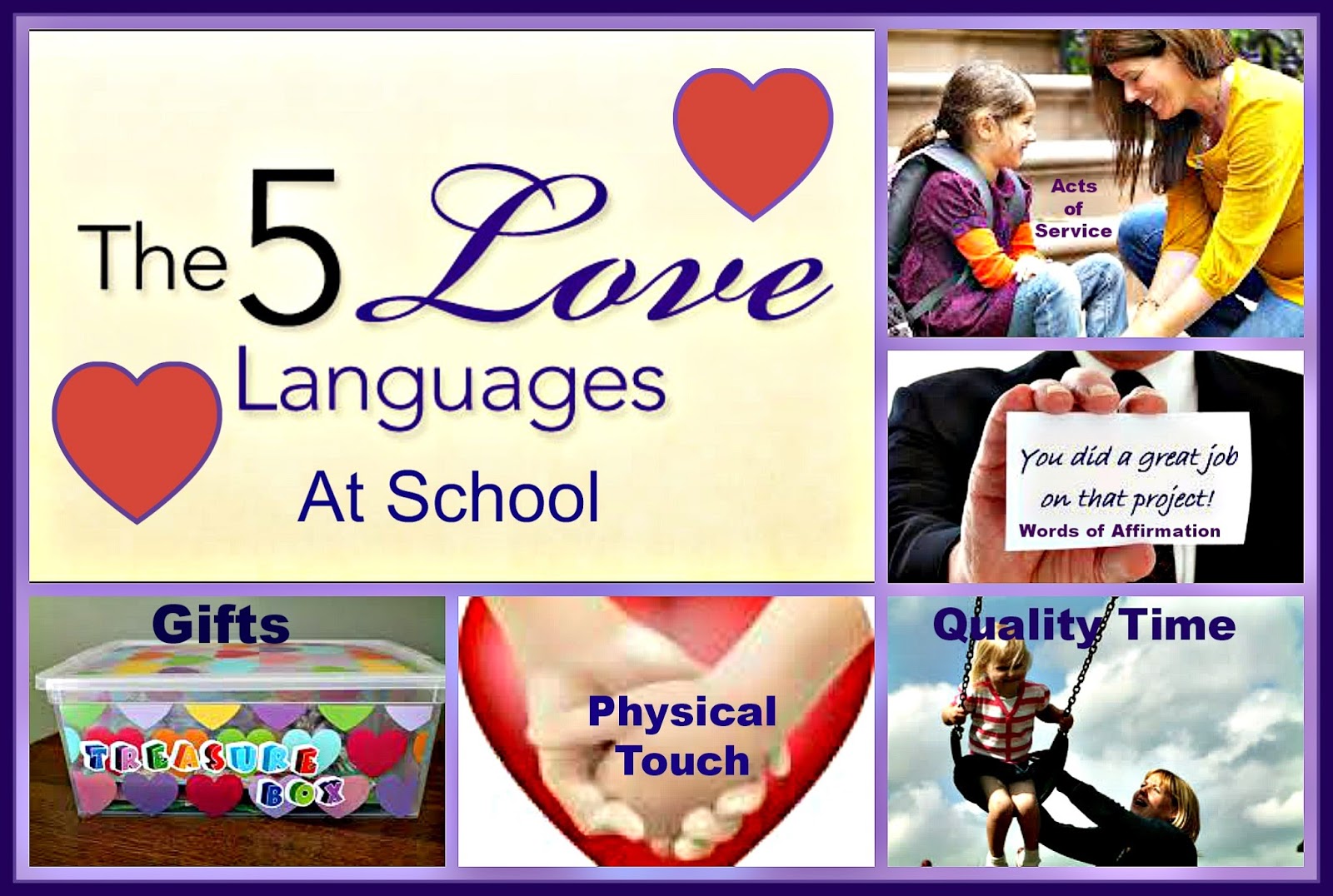
Decoding Affection: Understanding the Love Languages of Kids
Understanding how children express and receive love is crucial for fostering strong, healthy relationships. Just like adults, children have preferred ways of feeling loved, often referred to as their “love languages.” Identifying and speaking your child’s love language can significantly improve communication, strengthen your bond, and contribute to their overall emotional well-being. But what are these love languages, and how can you discover your child’s?
The concept of love languages, popularized by Gary Chapman in his book “The 5 Love Languages,” outlines five distinct ways people express and experience love: Words of Affirmation, Acts of Service, Receiving Gifts, Quality Time, and Physical Touch. While the original book focuses on romantic relationships, the principles are equally applicable to parent-child dynamics. Recognizing and responding to your child’s love language can create a more nurturing and supportive environment.
The Five Love Languages Explained for Kids
Each love language offers a unique pathway to connection. Understanding them is the first step toward effectively communicating your love to your child.
Words of Affirmation
Children whose love language is Words of Affirmation thrive on verbal expressions of love, appreciation, and encouragement. Sincere compliments, praise for their efforts, and loving words can fill their emotional tank. It’s not just about saying “I love you,” but also about articulating what you admire and appreciate about them. For example, instead of just saying “Good job,” try saying “I’m so proud of how hard you worked on that project, and your creativity really shines through!”
Actionable Tips:
- Leave encouraging notes in their lunchbox or on their mirror.
- Verbally praise their efforts and accomplishments, not just the outcome.
- Tell them specific qualities you admire about them (e.g., their kindness, their sense of humor).
- Use positive and uplifting language when speaking to them.
Acts of Service
For children who value Acts of Service, actions speak louder than words. They feel loved when you do things for them that make their life easier or show you care. This doesn’t mean becoming their personal assistant, but rather offering help and support in meaningful ways. Examples include preparing their favorite meal, helping with homework, or running errands for them. The key is to do these things willingly and with a positive attitude.
Actionable Tips:
- Help them with chores or tasks they find challenging.
- Prepare their favorite meal or snack.
- Offer to drive them to activities or appointments.
- Help them organize their room or belongings.
Receiving Gifts
Children whose love language is Receiving Gifts appreciate tangible expressions of love. It’s important to note that this isn’t about materialism or spoiling them with extravagant presents. Instead, it’s about the thoughtfulness and symbolism behind the gift. A small, meaningful gift that shows you were thinking of them can go a long way. This could be a favorite candy bar, a book they’ve been wanting to read, or a handmade craft.
Actionable Tips:
- Give them small, thoughtful gifts that reflect their interests.
- Surprise them with a treat or a small toy.
- Create a handmade gift or craft together.
- Remember special occasions with meaningful presents.
Quality Time
For children who crave Quality Time, undivided attention and focused interaction are paramount. This means putting away distractions (phones, computers, etc.) and engaging in activities together that they enjoy. It’s not just about being in the same room, but about truly connecting and being present in the moment. This could involve playing a game, reading a book, going for a walk, or simply having a conversation. The key is to give them your full attention and make them feel like they are the most important person in the world at that moment.
Actionable Tips:
- Schedule dedicated one-on-one time with them each day or week.
- Engage in activities they enjoy, even if they aren’t your favorite.
- Put away distractions (phones, computers, etc.) during quality time.
- Listen attentively and show genuine interest in what they have to say.
Physical Touch
Children whose love language is Physical Touch feel loved through physical affection, such as hugs, kisses, cuddles, and pats on the back. This doesn’t necessarily mean constant touching, but rather appropriate and comforting physical contact. A hug when they’re feeling down, a pat on the back for a job well done, or simply holding their hand can make them feel secure and loved. It’s crucial to respect their boundaries and be mindful of their comfort level with physical touch.
Actionable Tips:
- Give them hugs and kisses regularly.
- Cuddle with them while reading or watching a movie.
- Hold their hand while walking or running errands.
- Offer a comforting touch when they’re feeling sad or upset.
Discovering Your Child’s Love Language
Identifying your child’s primary love language requires observation, experimentation, and open communication. Here are some strategies to help you uncover their preferred way of receiving love:
- Observe their behavior: Pay attention to how they express love to others. Do they frequently give hugs, offer to help with tasks, or shower their loved ones with gifts? Their actions often mirror their own love language.
- Listen to their requests: What do they ask for most often? Do they crave your attention, ask for help with tasks, or express a desire for more physical affection? Their requests can provide valuable clues about their needs.
- Experiment with different love languages: Try intentionally expressing love in each of the five languages and observe their reactions. Which one seems to resonate most deeply with them?
- Ask them directly: While young children may not be able to articulate their love language directly, older children and teenagers can often provide valuable insights. Ask them questions like, “What makes you feel most loved?” or “What’s your favorite thing I do for you?”
- Consider their age and developmental stage: Younger children may be more receptive to physical touch and quality time, while older children may value words of affirmation and acts of service.
Potential Challenges and Considerations
While understanding your child’s love language can be incredibly beneficial, it’s important to be aware of potential challenges and considerations:
- Children may have multiple love languages: While most children have a primary love language, they may also appreciate and respond to other forms of affection. It’s important to be flexible and express love in a variety of ways.
- Love languages can change over time: As children grow and develop, their love languages may evolve. It’s important to remain observant and adapt your approach accordingly.
- Avoid using love languages as manipulation: Love languages should be used to strengthen your relationship with your child, not to control or manipulate them.
- Be mindful of cultural differences: Cultural norms can influence how children express and receive love. Be sensitive to these differences and avoid imposing your own cultural values on your child.
- Respect your child’s boundaries: It’s crucial to respect your child’s boundaries and be mindful of their comfort level with different forms of affection. Never force them to accept physical touch or other expressions of love that make them uncomfortable.
The Long-Term Benefits of Speaking Your Child’s Love Language
Consistently speaking your child’s love language can have profound and lasting benefits for both of you. By meeting their emotional needs in a way that resonates with them, you can foster a stronger, more secure attachment, improve communication, and promote their overall emotional well-being.
Here are some of the long-term benefits:
- Increased self-esteem and confidence: When children feel loved and valued, they are more likely to develop a strong sense of self-worth.
- Improved emotional regulation: Children who feel secure in their relationships are better able to manage their emotions and cope with stress.
- Stronger family bonds: Speaking your child’s love language can strengthen your relationship and create a more harmonious family environment.
- Healthier relationships in the future: Children who learn to express and receive love effectively are more likely to form healthy and fulfilling relationships as adults.
- Reduced behavioral problems: When children’s emotional needs are met, they are less likely to act out or engage in negative behaviors.
Understanding and speaking your child’s love language is an investment in their future. By taking the time to learn their preferred way of receiving love, you can create a more nurturing and supportive environment that will help them thrive emotionally, socially, and academically. It’s a continuous journey of discovery and adaptation, but the rewards are immeasurable.
By understanding the nuances of each love language, parents and caregivers can create a more loving and supportive environment for their children. This understanding fosters stronger relationships, improved communication, and ultimately, happier and more well-adjusted kids. Remember to be patient, observant, and most importantly, to express your love in ways that truly resonate with your child. [See also: Positive Parenting Techniques] and [See also: Building Strong Family Relationships]

